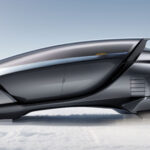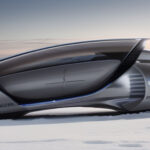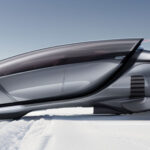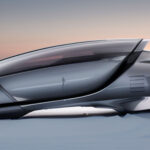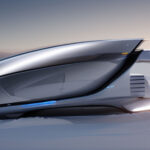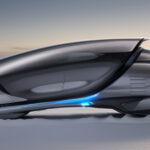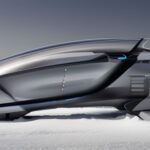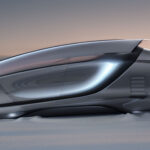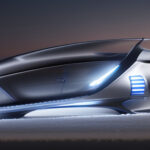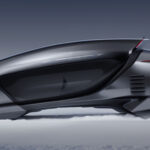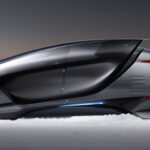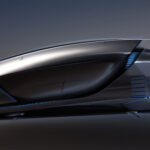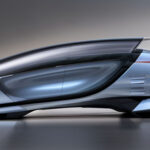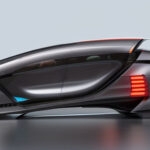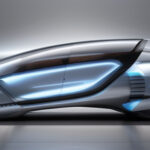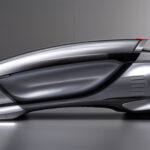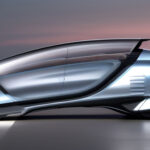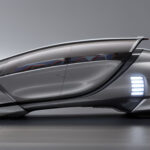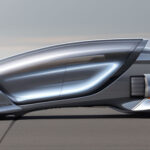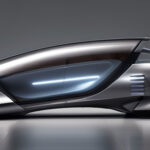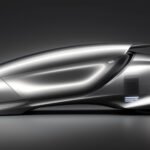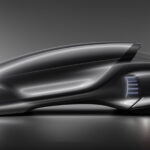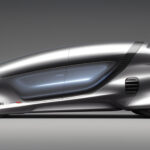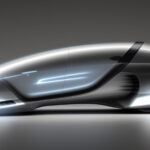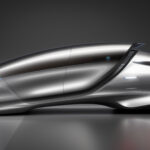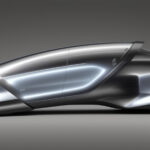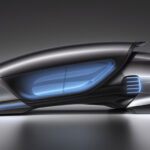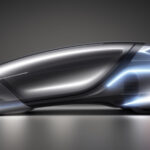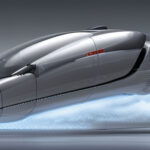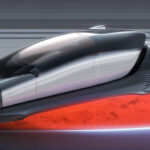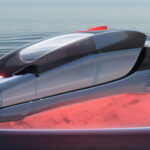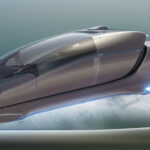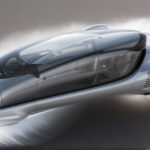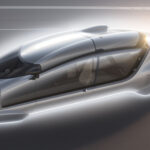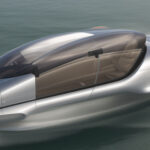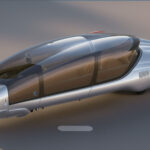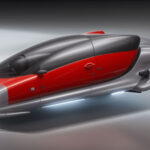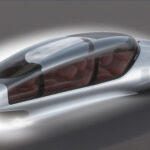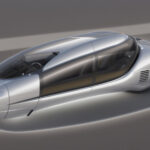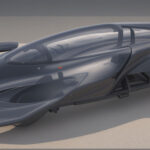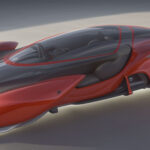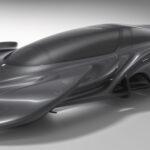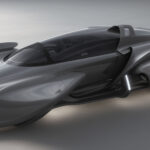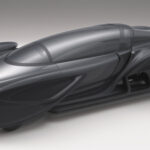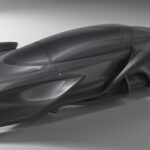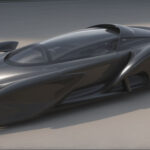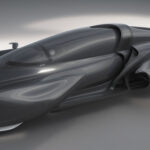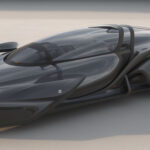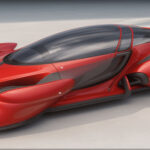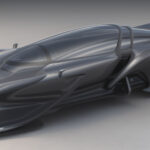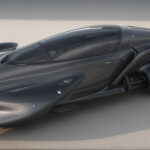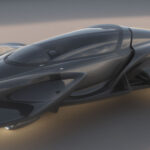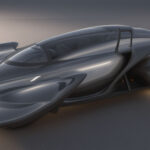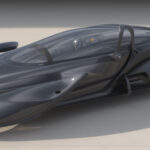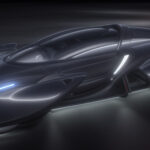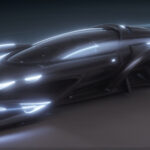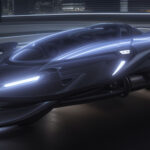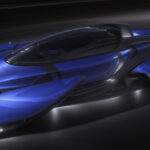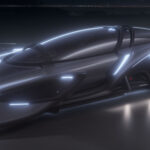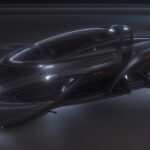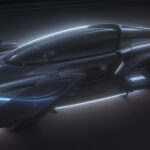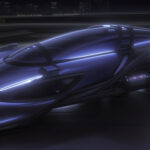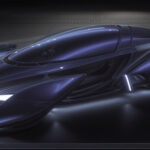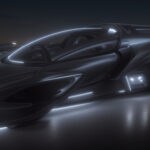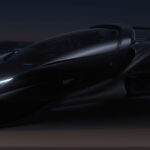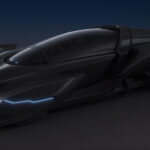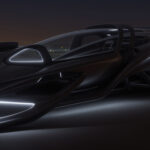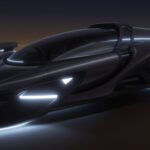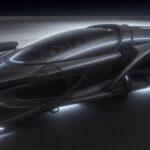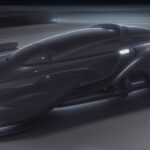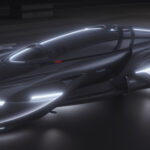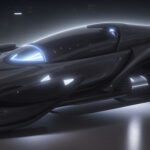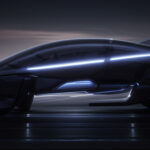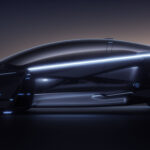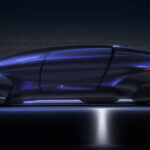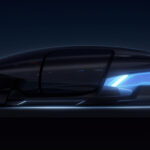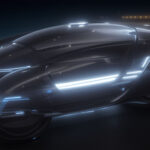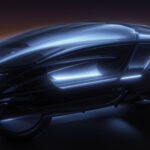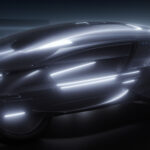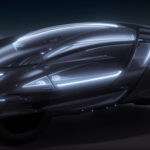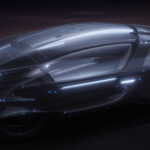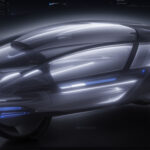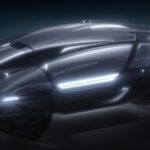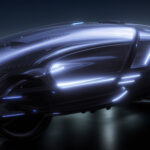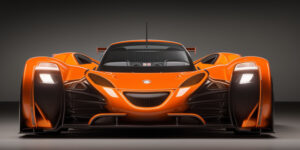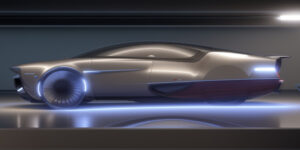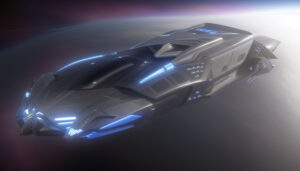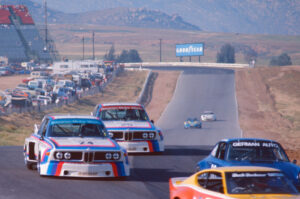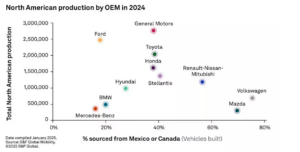The Future of Urban Mobility: Introducing the Narrow Lane Vehicle Concept using Depix AI

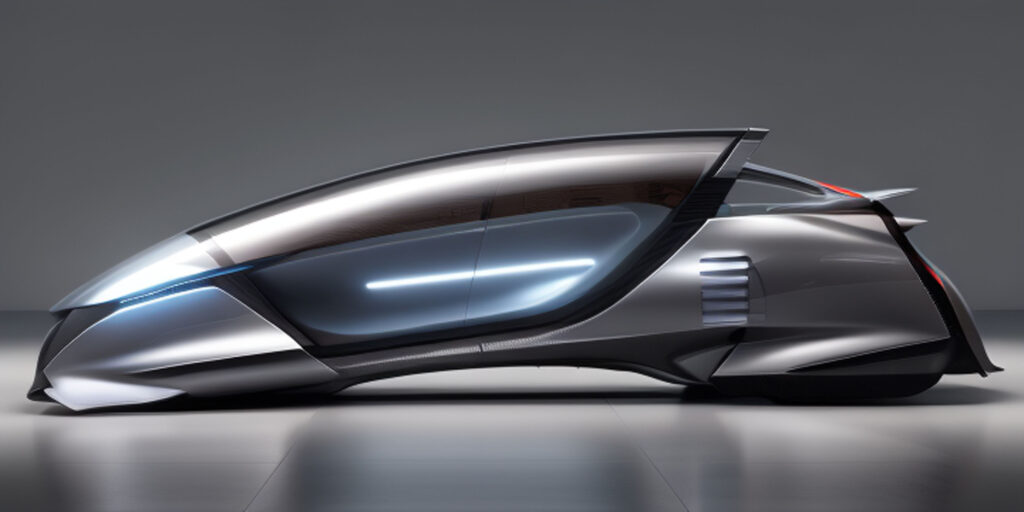
As urban congestion continues to grow and the need for sustainable transportation becomes ever more pressing, the automotive industry is at a crossroads. Current vehicles are designed to accommodate five to seven passengers, yet data shows that the average car occupancy rate is barely over one person. This glaring inefficiency in both space and energy has inspired a new vision for urban mobility: the Narrow Lane Vehicle (NLV) concept. Worked on this with the late Danny Ellis of Form Design, and I think this concept deserved a revisit. I have used Depix.ai as a tool to illustrate this, and will be explaining the way I am using this within my design process in a future post.

The Core Idea: Redefining Space and Efficiency
The Narrow Lane Vehicle concept is a radical departure from traditional car design. At its heart, it prioritizes efficiency, minimalism, and practicality. By limiting the vehicle’s width to just 1,000 millimeters (1 meter) and adopting a tandem seating arrangement for two passengers (one behind the other), the NLV addresses the fundamental inefficiencies of current cars.
This compact design not only reduces the physical footprint of the vehicle but also opens the door to transformative urban planning opportunities. For example, a single carpool lane could be divided into two narrow lanes, effectively doubling traffic capacity. The benefits extend beyond traffic flow to reduced energy consumption, smaller parking spaces, and a more sustainable future.
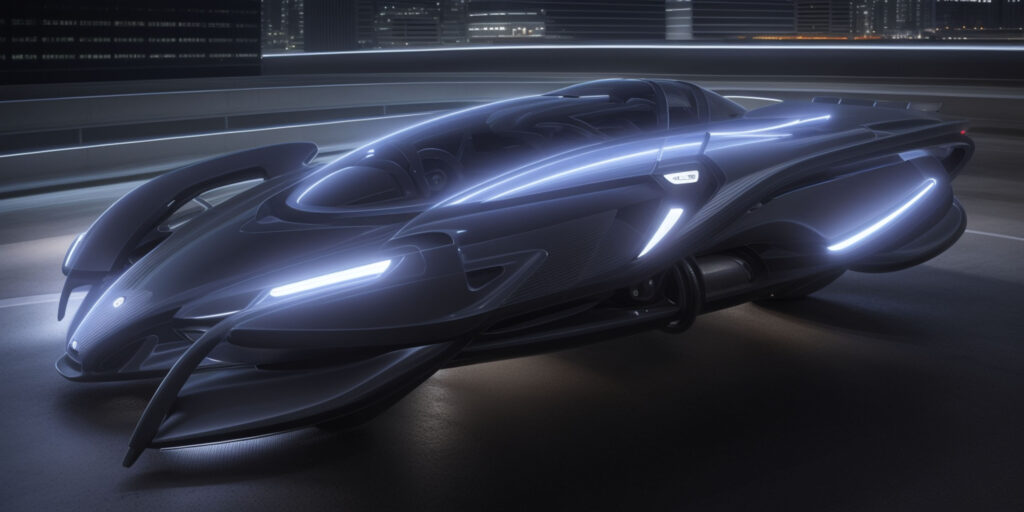
Powertrain Options: Electric and PHEV Variants
The NLV concept is built for the future of green mobility, offering two powertrain options:
- Fully Electric (BEV): Designed for short urban commutes, this variant would feature a compact battery pack capable of delivering a range of 150–200 kilometers. The small size of the vehicle reduces weight and drag, allowing for greater efficiency and a smaller environmental footprint.
- Plug-in Hybrid Electric Vehicle (PHEV): For those needing longer-range capabilities, the PHEV variant would combine a compact internal combustion engine with an electric motor, offering up to 500 kilometers of range while maintaining excellent fuel efficiency.
Both powertrains would integrate regenerative braking, advanced energy management systems, and modular battery options, ensuring that the NLV meets the diverse needs of urban commuters.
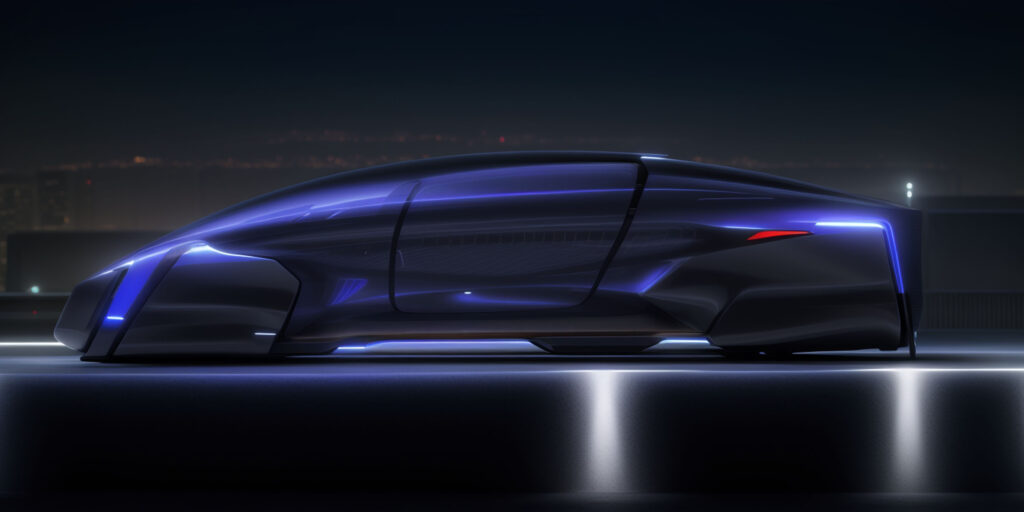
Design and Safety: Compact but Robust
While the NLV may be small, it is anything but fragile. The four-wheel configuration ensures stability and eliminates the balance issues associated with two- and three-wheeled alternatives. Advanced materials, such as high-strength steel and lightweight composites, provide a robust safety cell for passengers.
The tandem seating arrangement, inspired by fighter jet cockpits, offers a streamlined silhouette that reduces drag and maximizes aerodynamics. The low center of gravity, achieved through clever battery placement, enhances stability and handling. Safety features such as advanced driver-assistance systems (ADAS), collision avoidance technology, and side-impact protection are integral to the design, ensuring that the NLV meets stringent safety standards.

Urban Impact: Rethinking Traffic and Parking
One of the most compelling aspects of the NLV concept is its potential to revolutionize urban landscapes. By reducing vehicle width to 1 meter, cities could implement narrow lanes specifically designed for NLVs. A single carpool lane on a highway, for example, could be split into two narrower lanes, effectively doubling its capacity. This could significantly reduce congestion, especially in metropolitan areas where space is at a premium.
Parking, another major urban challenge, would also benefit. NLVs could fit two to three vehicles into a single conventional parking space, alleviating parking shortages and freeing up valuable real estate for other uses, such as green spaces or pedestrian zones.
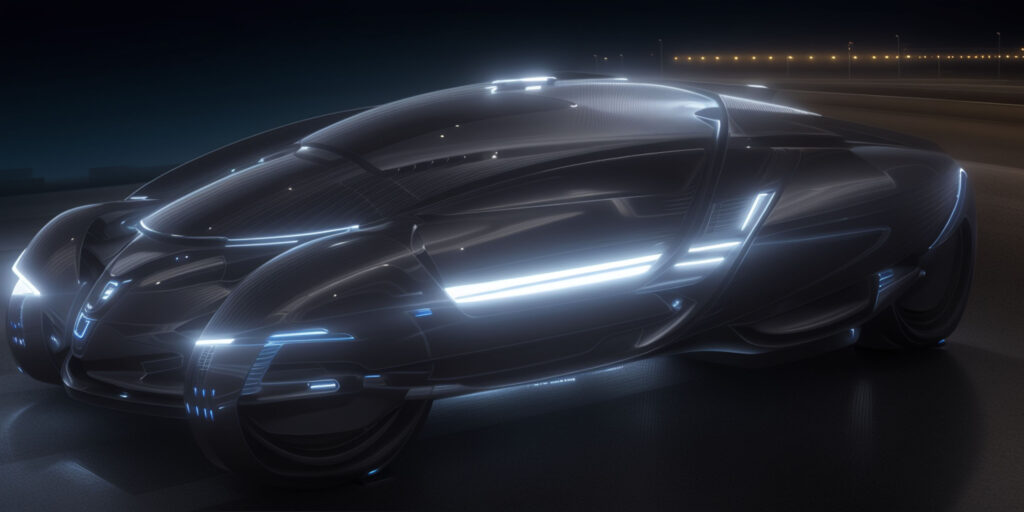
The Environmental Edge: Less Is More
The NLV concept is not just about space; it’s also about sustainability. With fewer materials required for production and a smaller energy footprint during operation, the NLV is a step toward a more resource-efficient future. The reduced weight and drag mean lower energy consumption, whether powered by electricity or hybrid systems. Additionally, the NLV’s compact battery size reduces demand for critical minerals, making it a more sustainable option in the EV market.
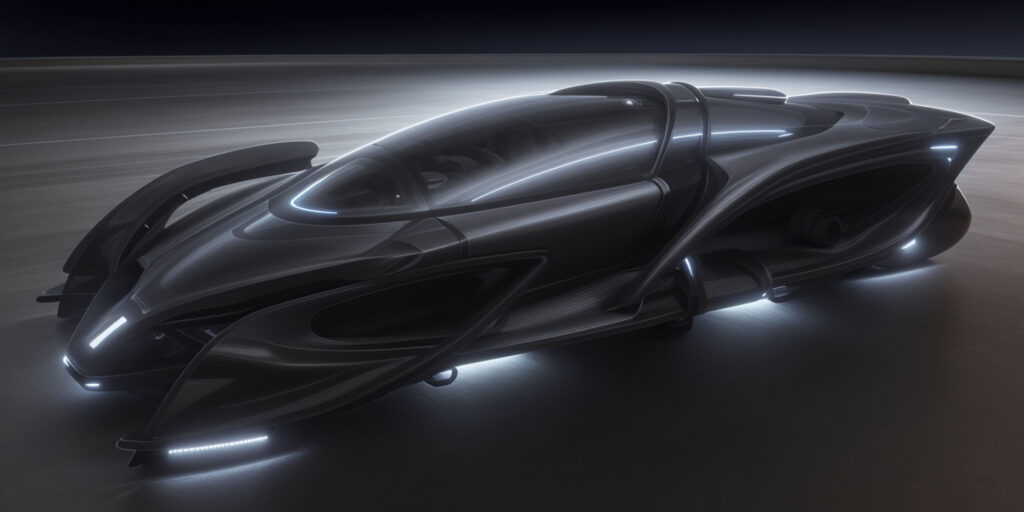
Potential Challenges: Breaking the Mold
Of course, the NLV concept faces its share of challenges. Convincing consumers to downsize their vehicles and adopt a new form factor will require a significant shift in mindset. Additionally, urban infrastructure would need to adapt to accommodate narrow lanes and charging or fueling stations tailored to the NLV’s unique dimensions.
However, these challenges are not insurmountable. With growing awareness of environmental issues and increasing frustration with urban congestion, the time may be ripe for such a paradigm shift. Governments and city planners could incentivize NLV adoption through tax breaks, subsidies, and dedicated infrastructure, much like the early days of electric vehicle promotion.
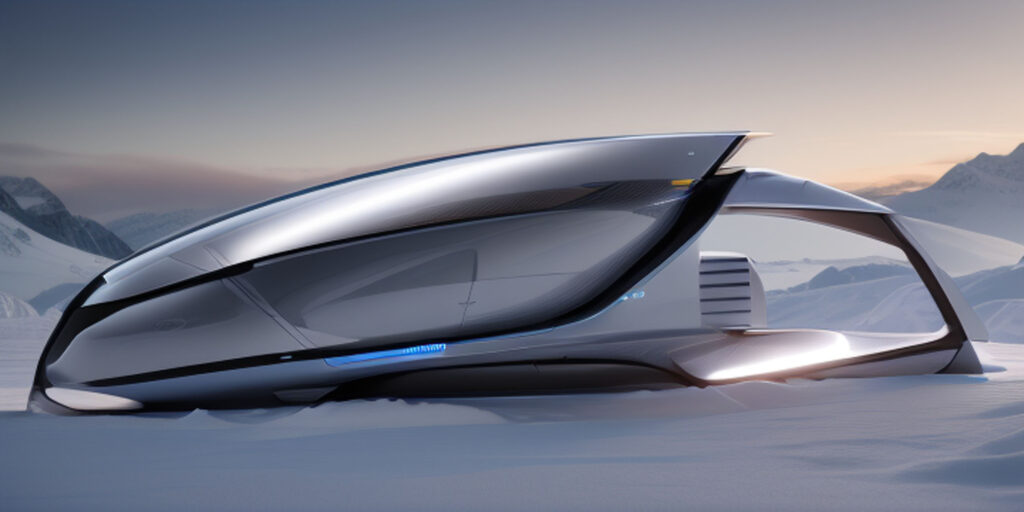
A Glimpse into the Future
The Narrow Lane Vehicle concept is more than just a compact car; it’s a reimagining of urban mobility. By addressing the inefficiencies of current vehicle design and leveraging the latest in sustainable technology, the NLV offers a solution that is as practical as it is innovative. It has the potential to not only transform how we move through cities but also reshape the cities themselves.
As the automotive industry looks to the future, concepts like the NLV remind us that sometimes, less is more. By focusing on efficiency, sustainability, and practicality, the NLV could pave the way for a cleaner, less congested, and more connected world. It’s a bold idea whose time may have finally come.

